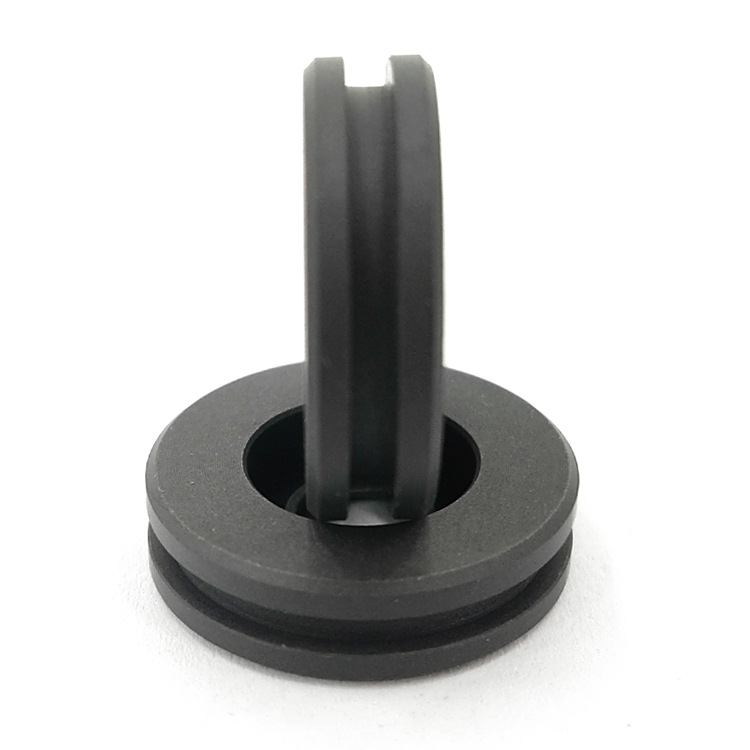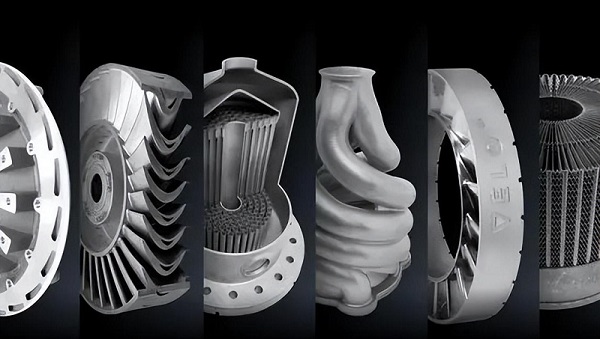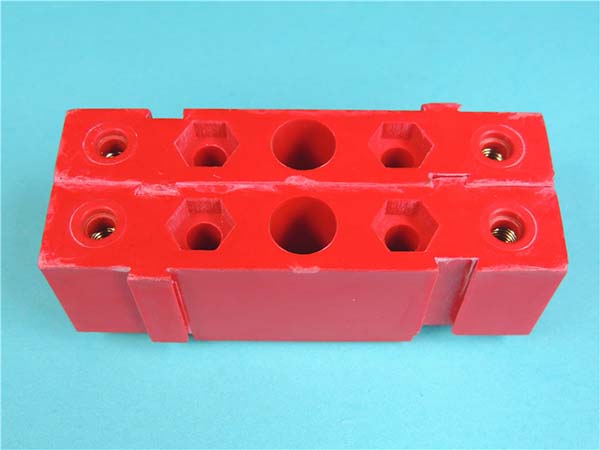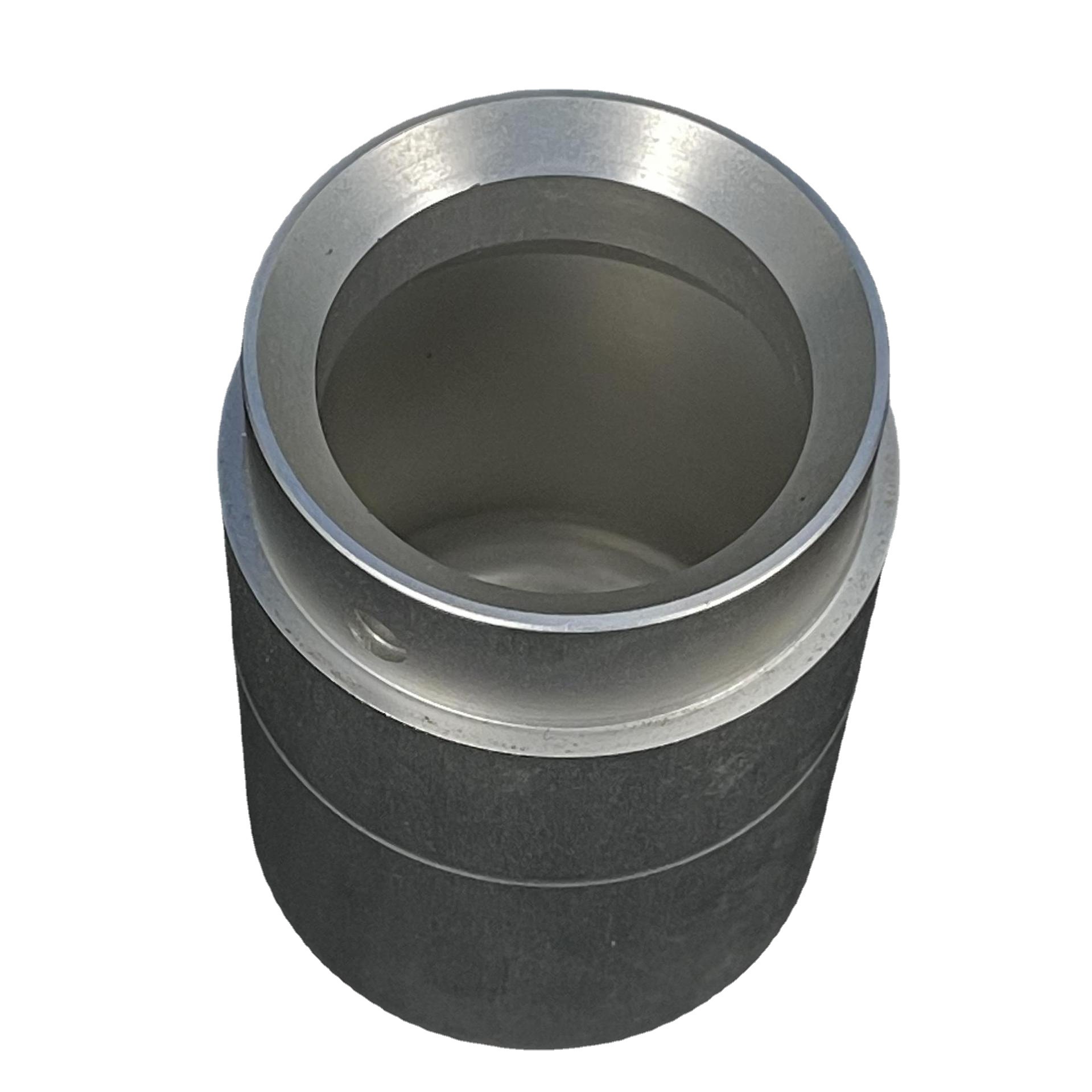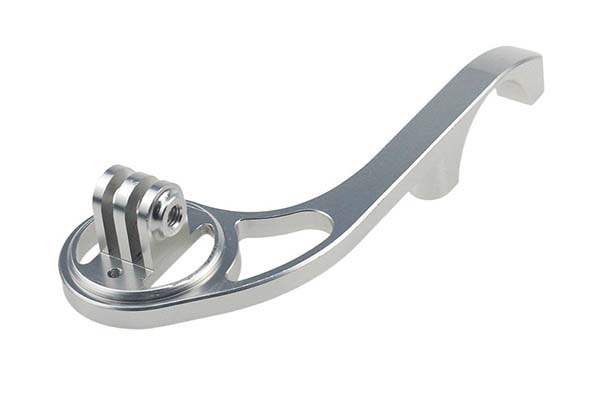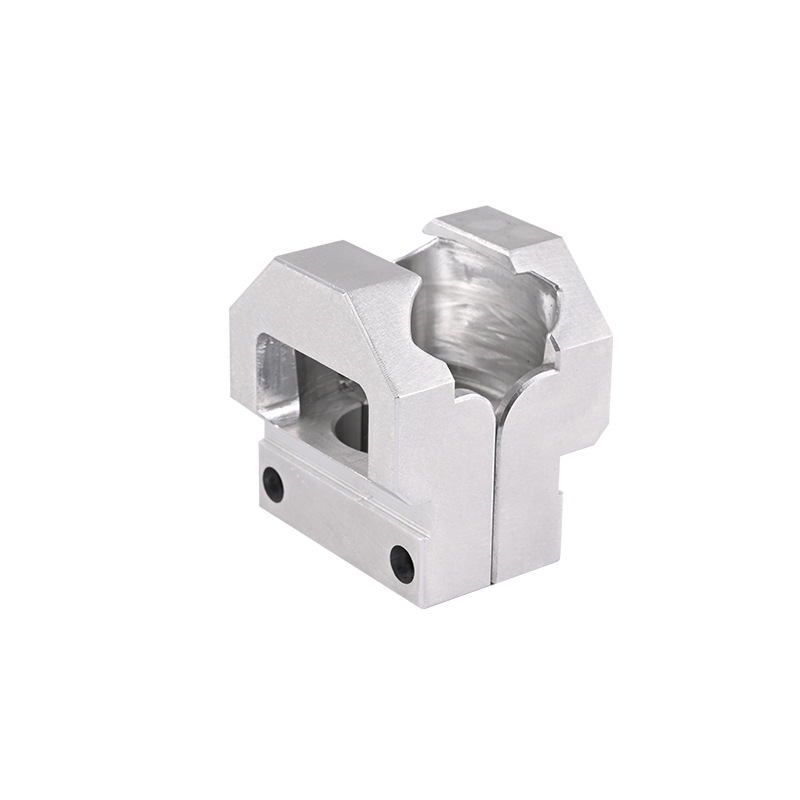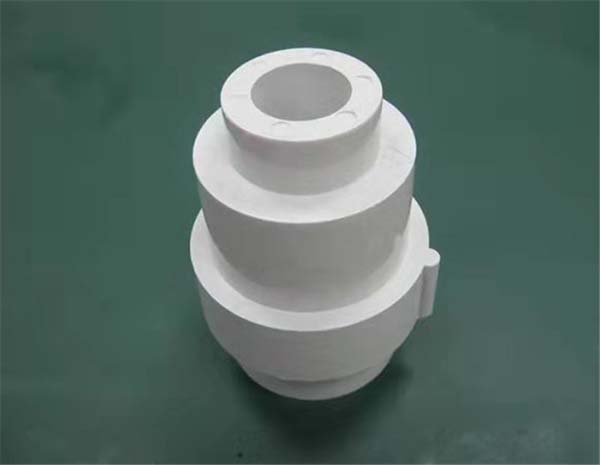Introduction to Material Jetting Additive Manufacturing
Material Jetting Additive Manufacturing (MJAM), also referred to as Material Jetting 3D Printing, is an advanced additive manufacturing (AM) technology that builds three-dimensional objects by depositing material layer by layer. This process utilizes digital models, where liquid materials such as photopolymer resins are jetted through tiny nozzles and immediately cured using ultraviolet (UV) light. The result is highly detailed, precise, and complex geometries, making MJAM an ideal choice for industries requiring high-quality prototypes, custom parts, and low-volume production runs.
Definition and Overview
Material Jetting Additive Manufacturing (MJAM) is a form of 3D printing that works by precisely depositing liquid photopolymer resins onto a build platform in layers. These liquid resins are cured instantly by UV light, solidifying each layer before the next one is applied. This process allows for the creation of highly intricate and complex structures with fine detail and excellent surface finish. MJAM is distinct from other 3D printing methods like Fused Deposition Modeling (FDM) or Selective Laser Sintering (SLS) due to its use of liquid materials and UV curing, which result in superior precision and smoother surfaces.
Comparison with Other AM Techniques
Although MJAM shares similarities with other additive manufacturing (AM) methods, it stands out due to its superior precision, surface finish, and the range of material options it supports. Here’s how MJAM compares to other common AM techniques:
- Fused Deposition Modeling (FDM): FDM extrudes thermoplastic filaments through a heated nozzle, layering them one by one. MJAM, in contrast, jets liquid resin, which is then UV-cured, producing smoother surfaces and finer details with fewer post-processing steps.
- Selective Laser Sintering (SLS): SLS uses a laser to sinter powdered material, which is suitable for functional parts. While SLS can achieve high strength and durability, MJAM offers better surface resolution and more diverse material options, particularly in terms of aesthetic quality and flexibility.
- Stereolithography (SLA): SLA, like MJAM, uses photopolymer resins cured by UV light. However, SLA uses a laser to cure resin layer by layer, whereas MJAM jets multiple layers of resin at once. MJAM generally offers faster printing speeds and higher detail resolution than SLA.
The Process of Material Jetting
1. Digital Model Preparation
The first step in the MJAM process involves the preparation of a digital 3D model. The model is typically created using Computer-Aided Design (CAD) software, which is then sliced into thin, horizontal layers using specialized slicing software. Each of these layers serves as a blueprint for material deposition during the printing process.
2. Material Deposition and Curing
Once the digital model is prepared, the MJAM printer begins the printing process by jetting liquid photopolymer resin through microscopic nozzles. This resin is applied layer by layer on the build platform. After each layer is deposited, it is immediately exposed to UV light, which solidifies the resin, ensuring each layer bonds securely to the one below it. The build platform lowers slightly after each layer, and the process repeats until the entire object is completed.
3. Layer-by-Layer Construction
MJAM's layer-by-layer construction approach enables the creation of highly complex shapes and intricate details. The resolution and detail of each layer can be controlled to produce the desired level of precision. Typically, the thickness of each layer ranges from 16 to 50 microns, allowing MJAM to achieve very fine details.
Applications of MJAM
Material Jetting Additive Manufacturing is employed in various industries for different purposes. Here are some of the most notable applications:
1. Prototyping and Design Verification
MJAM is widely used for rapid prototyping and design verification. Engineers and designers can quickly produce highly detailed prototypes to test and refine their designs before committing to full-scale production. This drastically reduces the time and cost associated with traditional prototyping methods, enabling faster innovation and design iteration.
2. Direct Digital Manufacturing
MJAM is increasingly used for direct digital manufacturing (DDM), allowing companies to produce end-use parts directly from digital models without the need for traditional tooling or molds. This flexibility makes it ideal for low-volume, high-complexity parts, particularly in industries like aerospace, automotive, and medical device manufacturing.
3. Customization and Personalization
Another key application of MJAM is customization and personalization. Whether it’s for creating custom medical implants, personalized consumer products, or tailor-made industrial components, MJAM allows for the production of unique, one-of-a-kind items that meet specific individual needs and preferences.
Advantages and Limitations
Advantages of MJAM
- Precision and Detail: One of the primary advantages of MJAM is its ability to produce extremely high-precision parts with fine details, making it ideal for complex geometries and intricate designs.
- Material Variety: MJAM supports a variety of photopolymer resins with different properties such as flexibility, durability, biocompatibility, and even transparency. This versatility makes MJAM suitable for diverse applications across a range of industries.
- Smooth Surface Finish: Unlike FDM or SLS, MJAM prints with minimal visible layering, resulting in smooth surfaces that require less post-processing.
- Rapid Prototyping: MJAM is ideal for quick prototyping, allowing engineers and designers to test and iterate on designs in a matter of hours or days, rather than weeks.
Limitations of MJAM
- Speed for Large Production Runs: While MJAM is fast for low-volume, complex parts, it can be slower compared to traditional manufacturing methods for large-scale production runs.
- Material Limitations: While MJAM supports a broad range of materials, it is still limited when compared to the full spectrum of materials used in other manufacturing processes, such as metals or certain high-performance polymers.
- Initial Investment Costs: The equipment required for MJAM can be relatively expensive, making it less cost-effective for some applications, especially for large production volumes.
FAQs
1. What types of materials can be used in Material Jetting Additive Manufacturing?
MJAM supports various photopolymer resins with different properties, including:
- Rigid resins for durable parts
- Flexible resins for parts that require bending or stretching
- Biocompatible resins for medical applications
- High-temperature resins for parts exposed to heat
- Transparent resins for clear parts
These materials offer versatility in terms of strength, flexibility, aesthetics, and even biocompatibility.
2. How does Material Jetting compare to Fused Deposition Modeling (FDM)?
Material Jetting (MJAM) and Fused Deposition Modeling (FDM) differ primarily in the type of material they use and their method of deposition.
- FDM extrudes thermoplastic filaments that melt and solidify, creating parts layer by layer. FDM typically requires post-processing to achieve a smooth surface finish.
- MJAM jets liquid photopolymer resin and cures it instantly with UV light, resulting in a smoother finish and higher precision. MJAM is ideal for applications requiring fine details and smooth surface finishes, while FDM is better suited for simpler, larger parts or functional prototypes.
3. What are the main applications of Material Jetting Additive Manufacturing?
MJAM is widely used for:
- Prototyping: Quick and accurate prototypes for design validation and testing.
- Low-Volume Production: Direct digital manufacturing of end-use parts with complex designs.
- Customization: Personalized products in industries like healthcare (e.g., implants and prosthetics), consumer goods, and aerospace.
Its ability to produce highly detailed parts with smooth surfaces makes MJAM ideal for sectors that demand high levels of accuracy and quality.
Material Jetting Additive Manufacturing (MJAM) is a powerful and versatile 3D printing technology offering superior precision, a wide range of material options, and exceptional surface finishes. While it may not be ideal for high-volume production, it excels in industries that require rapid prototyping, custom parts, and low-to-medium volume production runs. By understanding the unique capabilities of MJAM, manufacturers and designers can harness its potential to create complex, high-quality products that meet their exact specifications.
